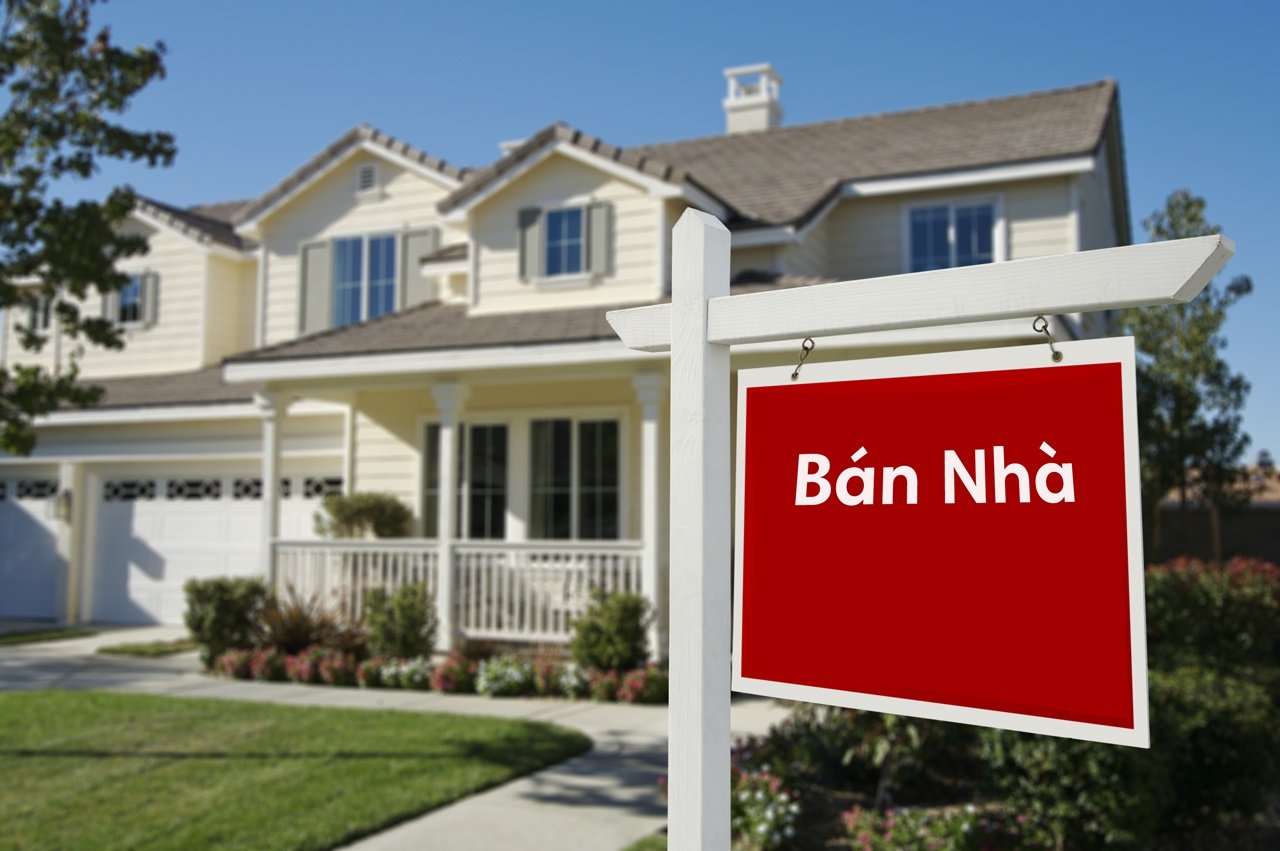CEILING PRICE OF LAND IN HO CHI MINH IS ONLY EQUAL TO 30% OF THE MARKET
18/09/2019|INDUSTRY NEWS

The land price list in Saigon is controlled by the land price frame issued by the Government, so the highest frame is only 30% of the school value and this is not consistent with the local development situation, according to the Real Estate Association. HCM City.
The Ho Chi Minh City Real Estate Association (HoREA) has submitted a number of additional recommendations to the list of 12 Laws amended by the Government and the Ministry of Planning and Investment.
Notably among these recommendations is the proposal to abolish the regulations of the Government to promulgate a land price frame once every 5 years in Article 113 of the Land Law and to amend Article 114 of this law. Accordingly, HoREA proposes to assign the province-wide authority to issue a specific land and land price list to suit the local situation. The government only plays a post-audit role to ensure a balanced business investment environment among provinces.
The land price framework issued by the Government applies to all 63 provinces and centrally-run cities, so it is not close to the reality of each locality, especially urban areas such as Hanoi, Ho Chi Minh City, Hai Phong, and Da Nang. Can Tho and highly industrialized provinces. This limits the autonomy and ability to adjust land prices of these localities.

HoREA said that after applying the framework, the highest land price stipulated in the land price list of Ho Chi Minh City is only about 30% of the actual market price. Photo: Vu Le
In 2014, the Government issued Decree 104 stipulating the land price bracket, with an average increase of about 2 times compared to the previous price frame, which has impacted on the construction of land price tables of the provinces and cities directly under them. The central government has been operating stably for 5 years from 1 January 2015.
Particularly in Ho Chi Minh City, the City People's Committee has issued Decision No. 51 to issue a land price list with an average increase of about 1.9 times. The unreasonable point is that after applying the ceiling ceiling, the highest land price specified in the city's land price list is only equal to about 30% of the actual market price of land. Besides, according to the regulations, the lowest price in the land price list issued by the city must not be lower than the minimum land price of the land price bracket issued by the Government so it is not suitable to the actual situation of the city. .
Overall, the land use fee level is higher than before, so it is possible that many households and individuals can not afford to legalize housing. From there, it can lead to hand-written transactions, the emergence of underground markets, reducing the transparency of the real estate market, which is the source of disputes, and reducing the budget revenue.
Another recommendation of the Association is to propose the collection of land use fees in case of changing the purpose of use from agricultural land to residential land at the rate of 10 or 15% of the land price list (including price adjustment coefficients. land) issued by PPC.
This adjustment is to ensure market transparency. Currently, land use fees are not a tax, nor a fee (not governed by the Tax Law, the Law on Fees and Charges), but are a very large local revenue. comply with the provisions of the Land Law and the State Budget Law. According to the current collection method, the land use fee is a burden for businesses and consumers. This is also a mystery, not transparent that investors can not predict before deciding to invest.
Vu Le










